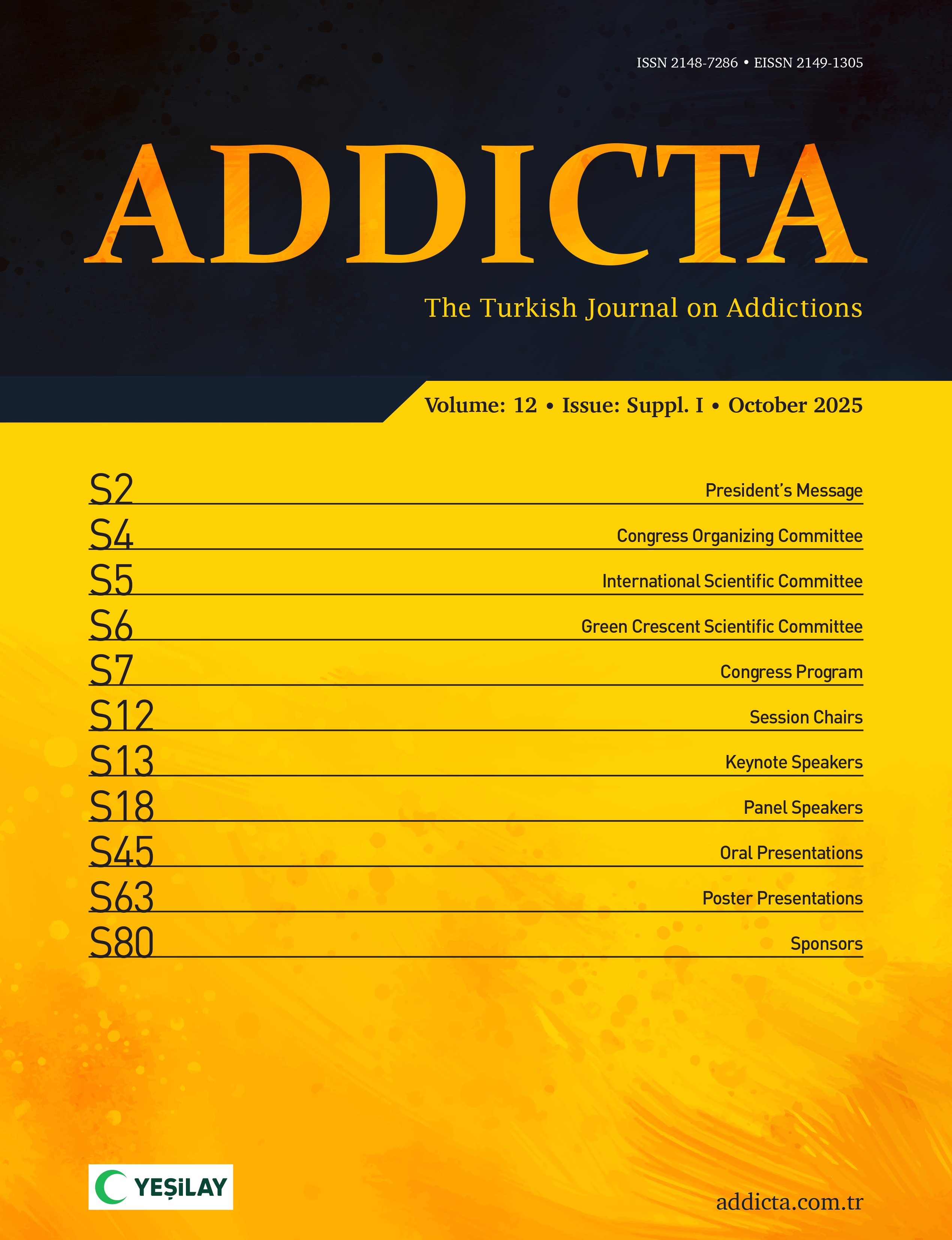The adolescents of a country are its most valuable asset. Substance abuse is preventable in comparison to other significant adolescent health concerns listed by the World Health Organization, such as road traffic accidents, drowning, and violence. Unfortunately, substance abuse can damage adolescents and possibly halt the nation’s progress, particularly in places where drugs are easily accessible and cultural norms are shifting. Therefore, we conducted a cross-sectional survey of 3382 Malaysian school-going adolescents aged 13–19 to evaluate substance use and its determinants in drug-based hotspot areas. The Alcohol Smoking and Substance Involvement Screening Test measured substance use, while the Youth Self-Report, Self-Problem Test, and Self-Reporting Coping Scale plus Knowledge and Attitudes on Substance Use measured the study’s predictors via logistic regression models. Three in ten school-going adolescents are using substance, with adolescents’ main substance being tobacco user, whereas polysubstance are tobacco and drugs user. Tobacco has always been the dominant substance for both current and ever users. The risk factor for an individual was male and rule-breaking behavior, followed by the domain of family with the loss of either parent, and finally the community of race and East Malaysian. Adolescents in communities under 10 years with high depression/anxiety, withdrawal, and academic issues reduced substance use by 35%, 8%, 5%, and 2%, respectively. Being a male with a loss of family pillars and a bigger image of Indigenous East-Malaysian adolescents is at risk. Hence, the key solution is a culturally appropriate, gender- and family-based intervention is necessary for masculine adolescents from broken families.
Cite this article as: Sathiyaseelan, G., İsmail, R., Mohammed Nawi, A., Shafini Shafurdin, N., & Shafiin Shukor, M. (2025). Prevalence of substance use and its predictors among Malaysian school-going adolescents at drug based hotspot areas. Addicta: The Turkish Journal on Addictions, 12(2), 178-188.

.png)

.png)
.png)
